What is Piriformis Syndrome
Piriformis syndrome is a condition that is characterized by pain and discomfort in the buttocks caused by irritation of the sciatic nerve. It is often misdiagnosed as a herniated disc, sciatica or other conditions affecting the lower back or hips. However, experts have suggested that tight hip flexors may contribute to the development of piriformis syndrome. In this article, we will explore the potential connection between tight hip flexors and piriformis syndrome and discuss the use of the Acu-hump tool as part of a comprehensive treatment plan.
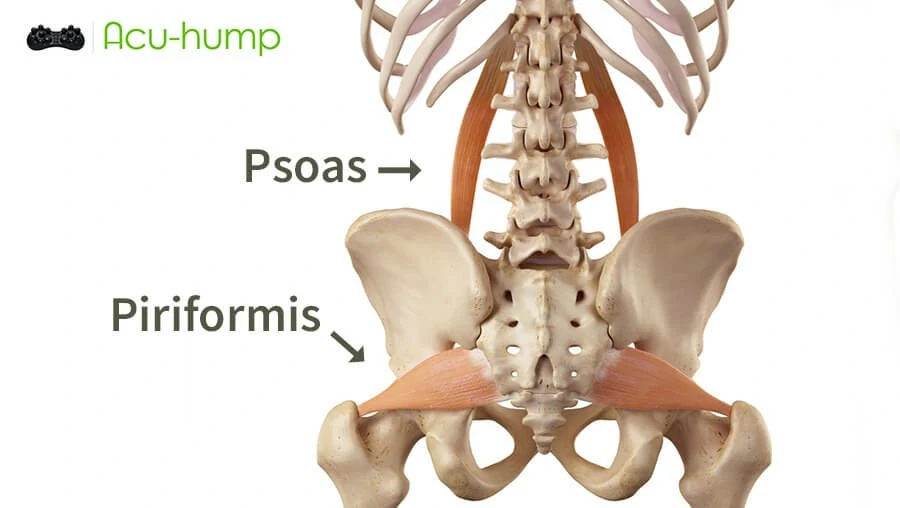
Can Tight Hip Flexors Cause Piriformis Syndrome
Hip flexors are a group of muscles that connect the pelvis and the thighs. These muscles are used when you lift your leg towards your body or when you perform a movement that brings your thighs towards your belly button. Tightness in the hip flexors can be caused by prolonged sitting or inactivity. When the hip flexors are tight, they can pull and shift the pelvis, which can lead to misalignment and tension in the hips and lower back. This misalignment can irritate the piriformis muscle and ultimately lead to piriformis syndrome.
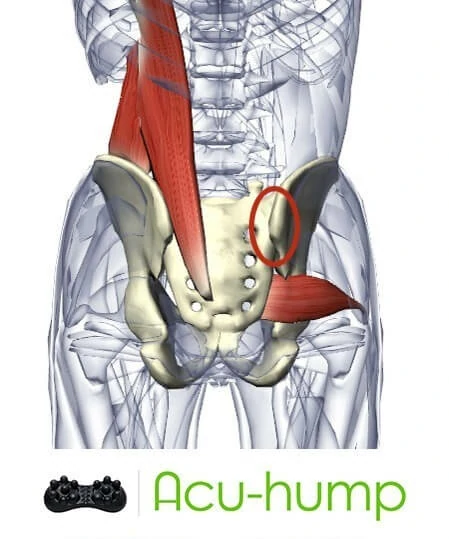
Treatment Tips
The traditional treatment for piriformis syndrome includes physical therapy, medication, and injections. However, using the Acu-hump tool, a stretching tool that provides deep tissue pressure, can also alleviate the symptoms of piriformis syndrome. The 14 raised bumps on the Acu-hump are strategically designed to target common trigger points for piriformis syndrome.
Acu-hump Release Piriformis Syndrome
The Acu-hump tool can help release trigger points in the piriformis muscle and stretch the hip flexors, therefore providing relief for those suffering from piriformis syndrome.
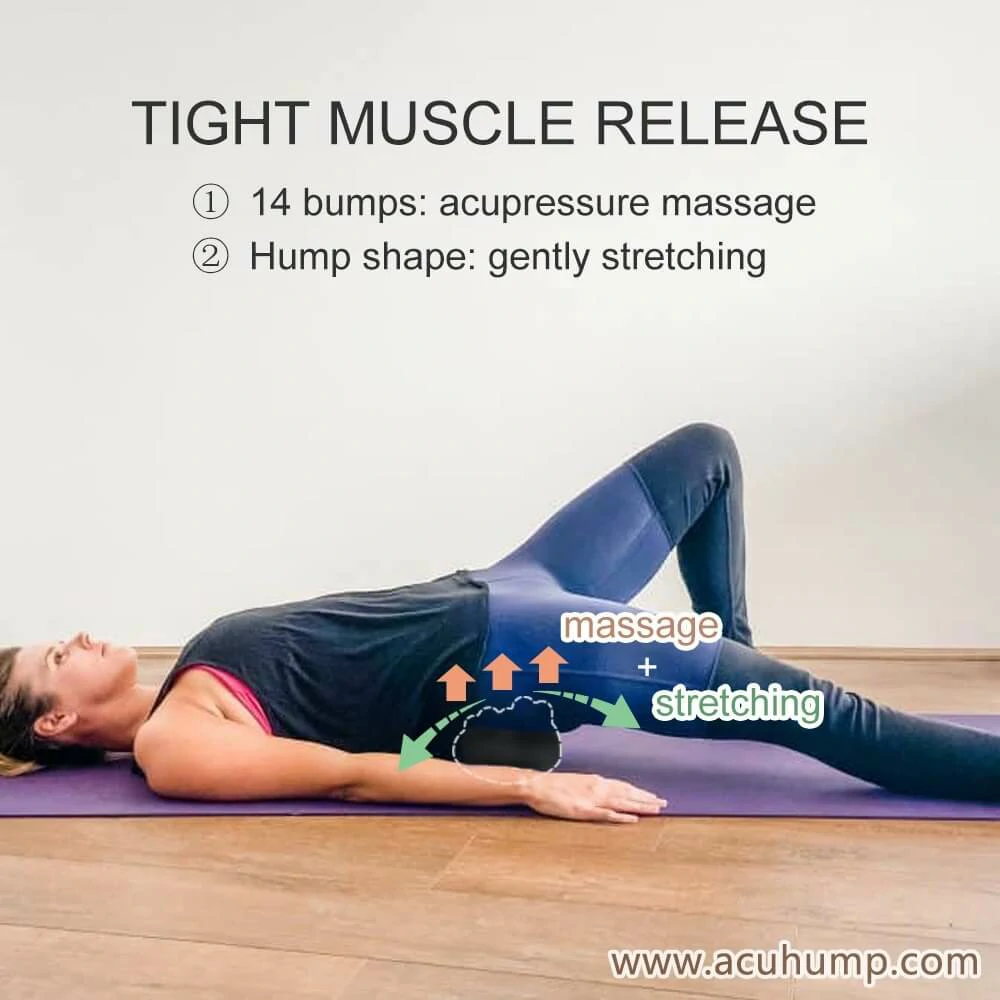
The Acu-hump tool provides deep tissue pressure and is designed with 14 raised bumps that target common trigger points for piriformis syndrome. When used correctly, the bumps on the Acu-hump tool can press into the tight spots of the piriformis muscle, promoting deep tissue relaxation and reducing trigger points.
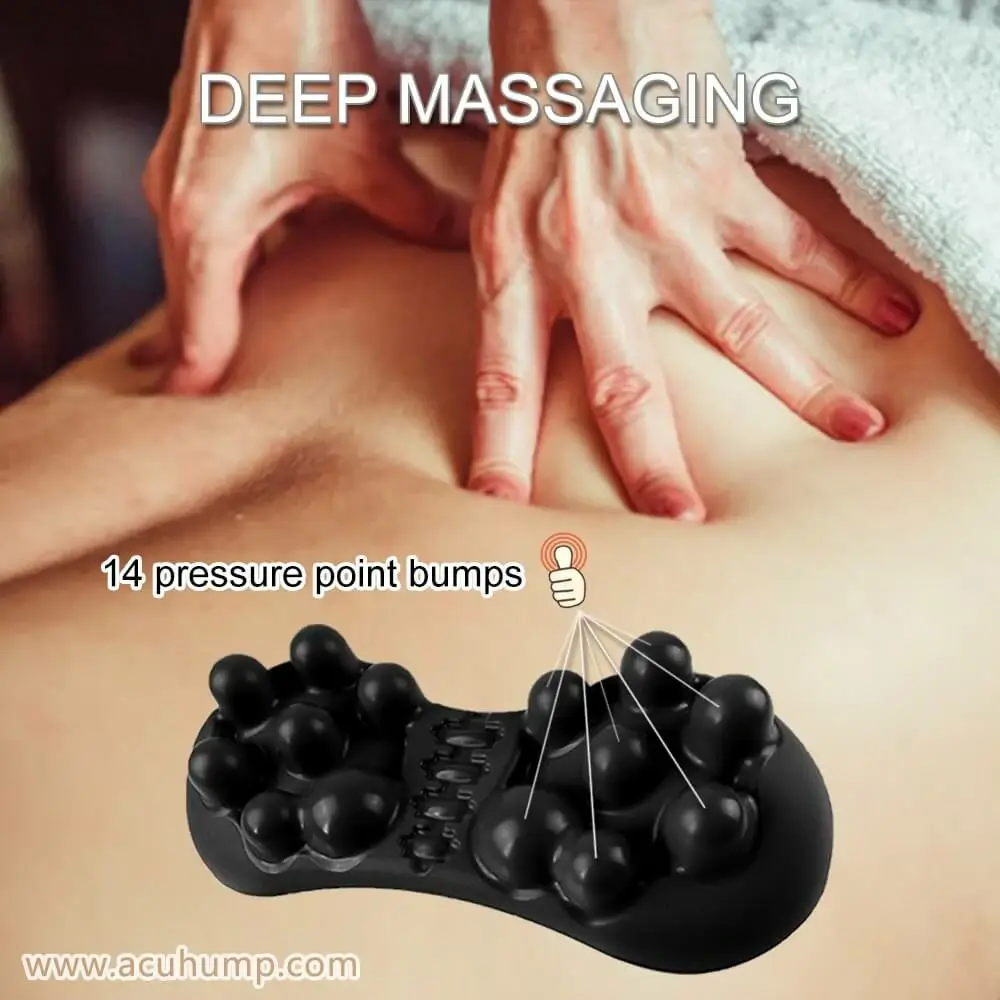
Acu-hump: 30-day return policy. No risk for you.
In addition, the Acu-hump tool can also be used to stretch the hip flexors. Since tight hip flexors can contribute to the development of piriformis syndrome, the ability of the Acu-hump tool to stretch the hip flexors can be a beneficial addition to the overall treatment plan. This can help to relieve tension in the hips and lower back, leading to a reduction in pain and discomfort caused by piriformis syndrome.
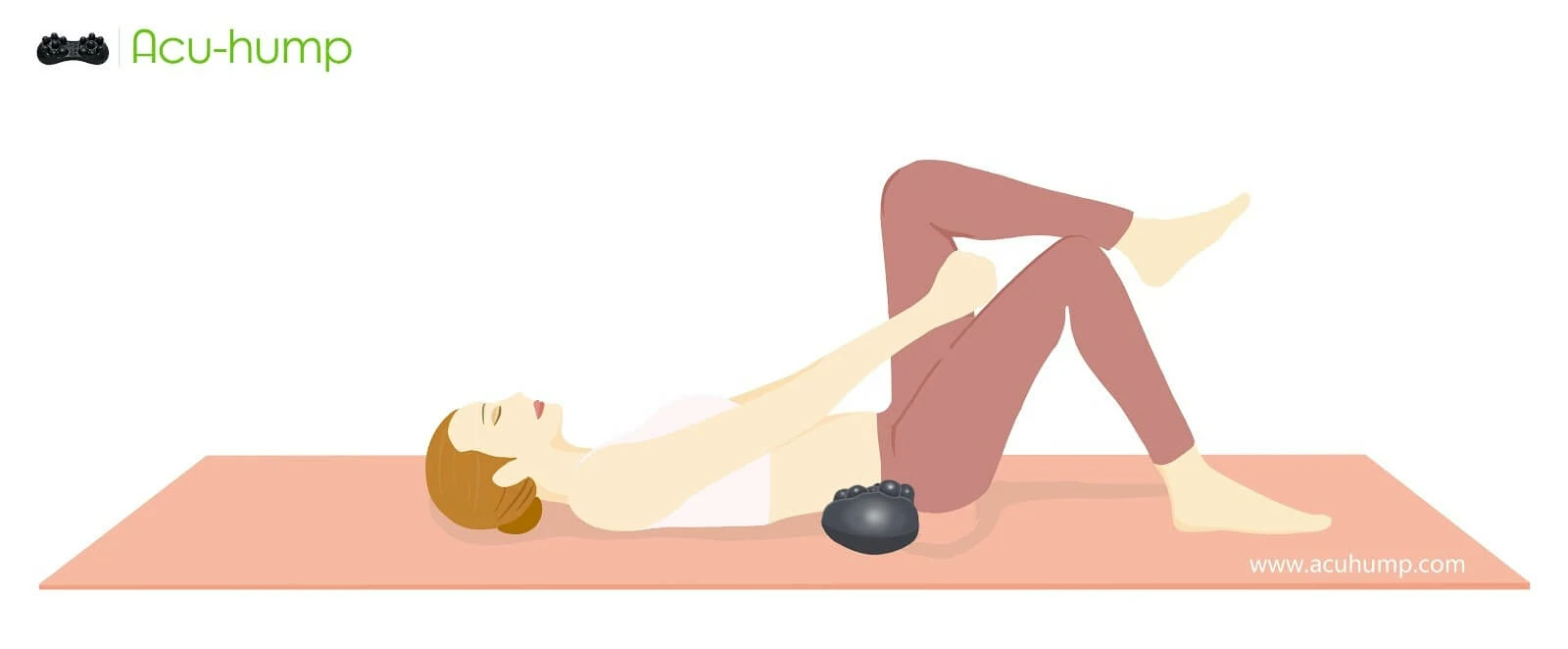
In conclusion, tight hip flexors may contribute to the development of piriformis syndrome. As part of a comprehensive treatment plan, using the Acu-hump tool can aid in relieving pain and discomfort caused by piriformis syndrome. However, it is important to consult with a physical therapist or doctor before starting a new exercise program, especially if you have a history of injury or chronic pain. Incorporating the Acu-hump tool into your at-home piriformis syndrome remedy, in addition to traditional treatment options, can provide relief and improve flexibility for piriformis syndrome.

Acu-hump®
Release Butt & Lower Back
